
Introduction | Map | Pseudo Photo (Starry Night 7) | My Best Own Photos | My Own Observations | References || Appendix: My Own Photos
On this page I collect my observations of the open star clusters M 36 (NGC 1960), M 37 (NGC 2099), and M 38 (NGC 1912) in the constellation Auriga.
Auriga (with main star Capella) belonged to the constellations that were more or less unknown to me at the beginning. At the core the constellation forms a hexagon if you take it exactly, but it is likely that you will perceive only a pentagon... This is a very striking pattern, but it is located very high up sometimes (for example, in February), so you have to look steeply upwards to see it. Perhaps this is a reason for my ignorance with respect to it...
In Auriga there are three more striking Messier objects, the open star clusters M 36, M 37, and M 38. They are located almost on a line, which projects from the outside into the hexagon. The exact sequence is: M 37 (outside) - M 36 Inside) - M 38 (further inside) (from East to West).
About 30' south of M 38, there is the open star cluster NGC 1907.
| M 36 (NGC 1960) | M 37 (NGC 2099) | M 38 (NGC 1912) | NGC 1907 | |||
| Size: 12' (Stoyan) Distance: 3,300 light years (Stoyan) Rating: *** (Stoyan) |
Size: 16' (Stoyan) Distance: 4,500 light years (Stoyan) Rating: *** (Stoyan) |
Size: 25' (Stoyan) - nearly moon size Distance: 3,500 light years (Stoyan) Rating: *** (Stoyan) |
Size: 6' (Wikipedia) Distance: 5,100 light years (Wikipedia) Rating: --- |
Nearby, there are the nebulae IC 405 and IC 410 (see map below). IC 410 (with embedded open star cluster NGC 1893) can also be photographed together with M 36 (plus NGC 1931, IC 417) in a Vespera mosaic.
M 37, M 36, and M 38 in constellation Auriga (large overview map) (Image Courtesy of SkySafari Astronomy, www.simulationcurriculum.com)
Pseudo photo of M 37, M 36, and M 38 created with Starry Night 7 (large version, larger version) (Image Courtesy of Starry Night Education, www.simulationcurriculum.com)
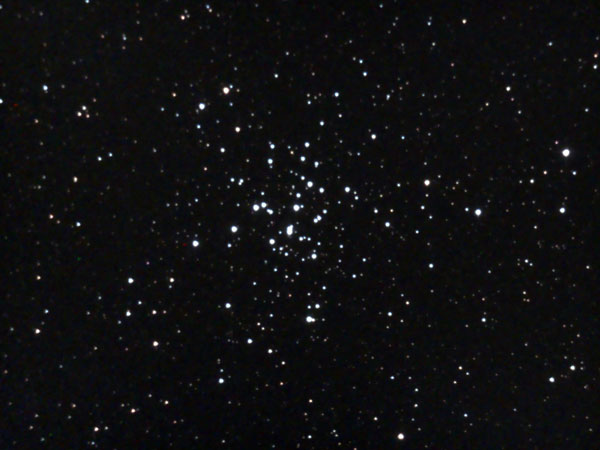 |
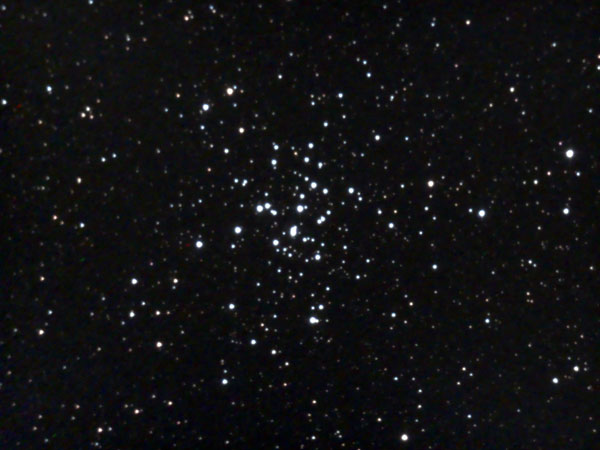 |
|
M 36 - Nov 17, 2020 |
M 36 - Nov 17, 2020 |
|
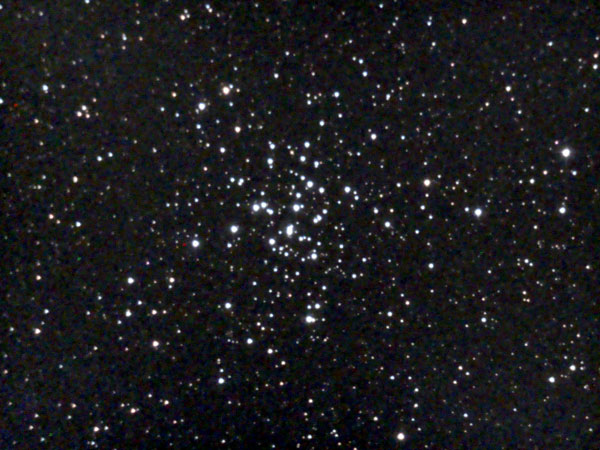 |
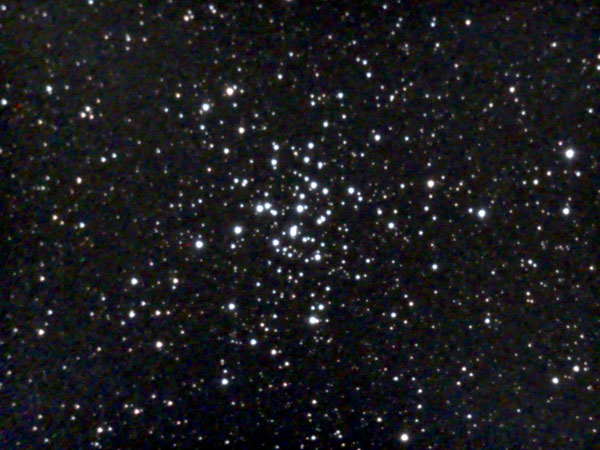 |
|
M 36 - Nov 17, 2020, photo above processed |
M 36 - Nov 17, 2020, photo above processed |
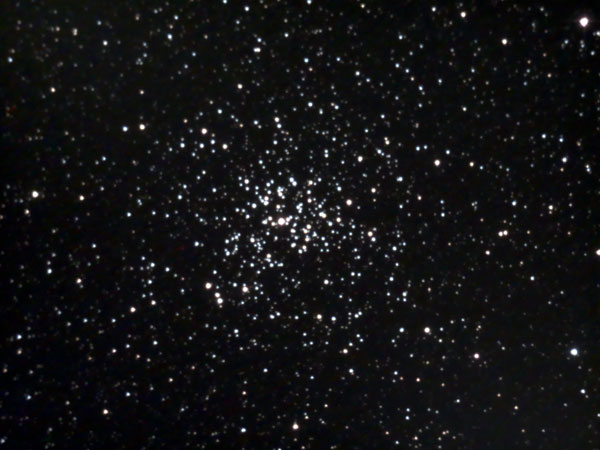 |
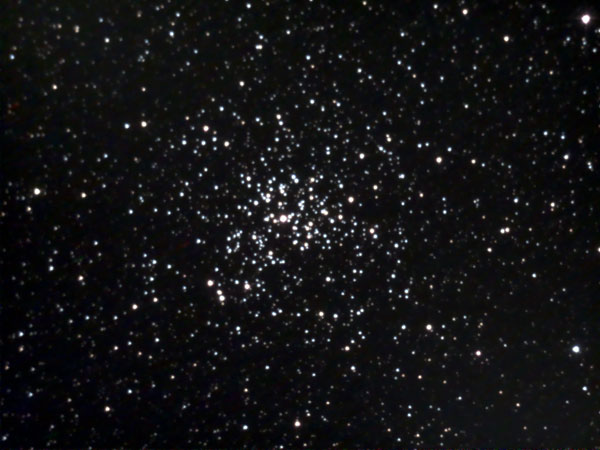 |
|
M 37 - Nov 17, 2020 |
M 37 - Nov 17, 2020 |
|
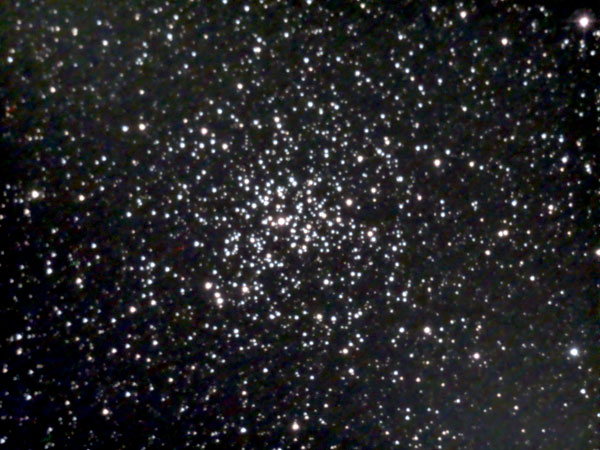 |
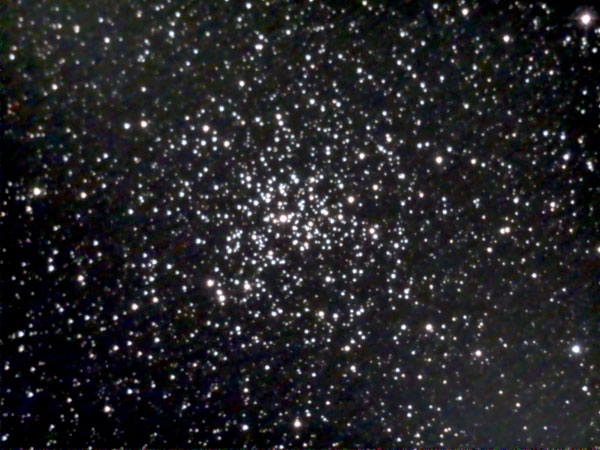 |
|
M 37 - Nov 17, 2020, photo above processed |
M 37 - Nov 17, 2020, photo above processed |
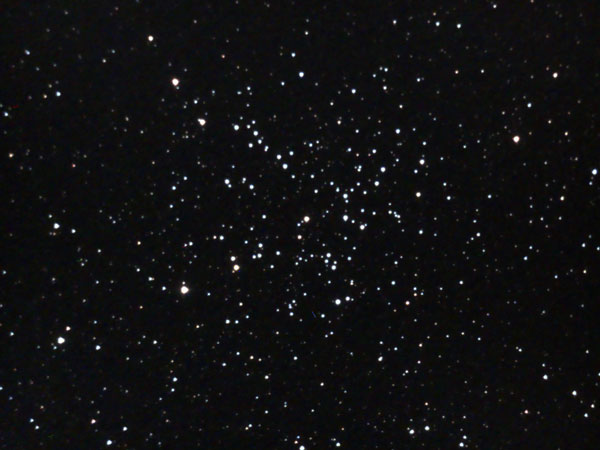 |
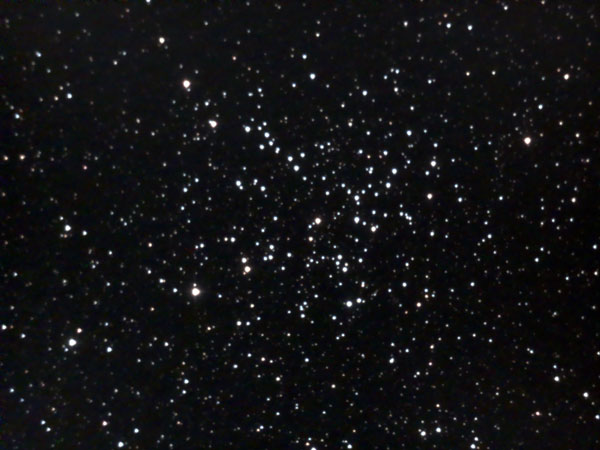 |
|
M 38 - Nov 17, 2020 |
M 38 - Nov 17, 2020 |
|
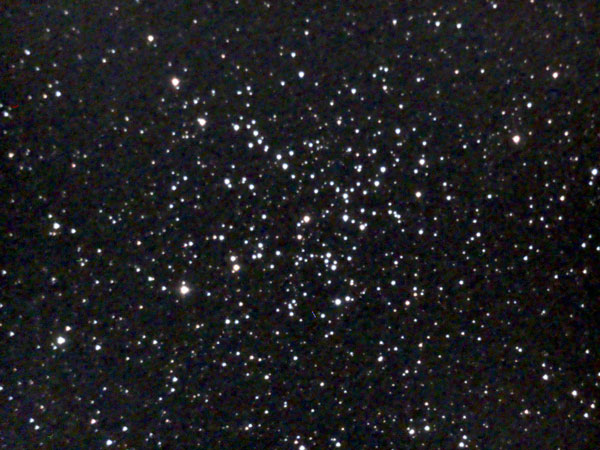 |
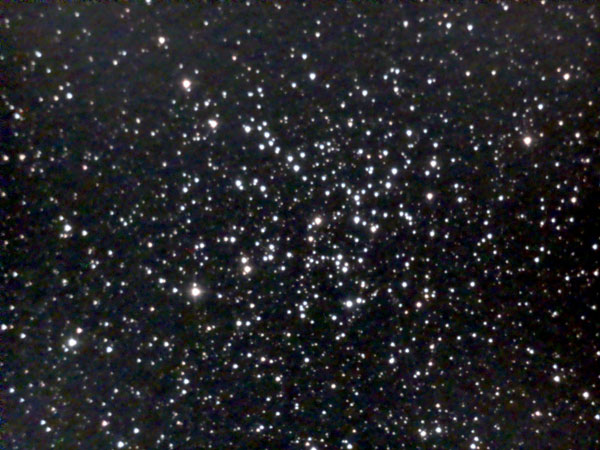 |
|
M 38 - Nov 17, 2020, photo above processed |
M 38 - Nov 17, 2020, photo above processed |
 |
 |
 |
||
M 36 - Nov 17, 2020, processed |
M 37 - Nov 17, 2020, processed |
M 38 - Nov 17, 2020, processed |
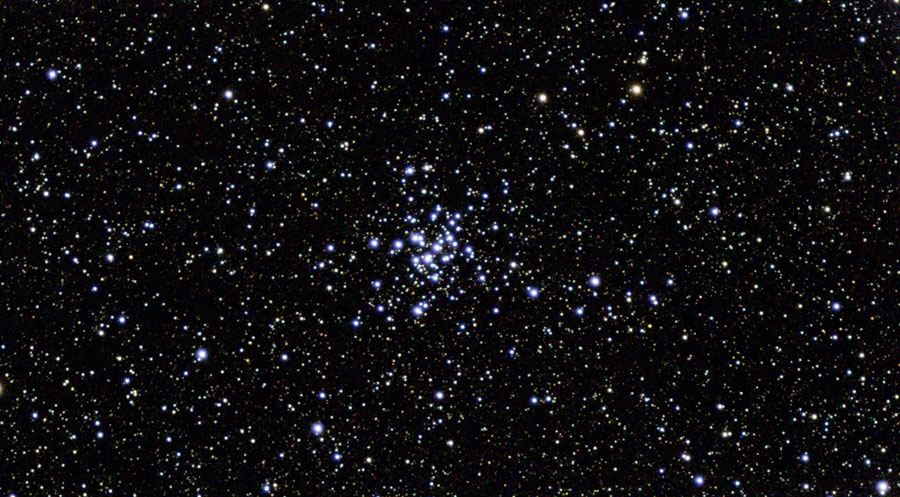 |
|
||
M 36, Feb 13, 2023 - original, 600s |
M 37, Feb 13, 2023 - original, 600s |
||
 |
|||
M 38, Feb 13, 2023 - original, 600s |
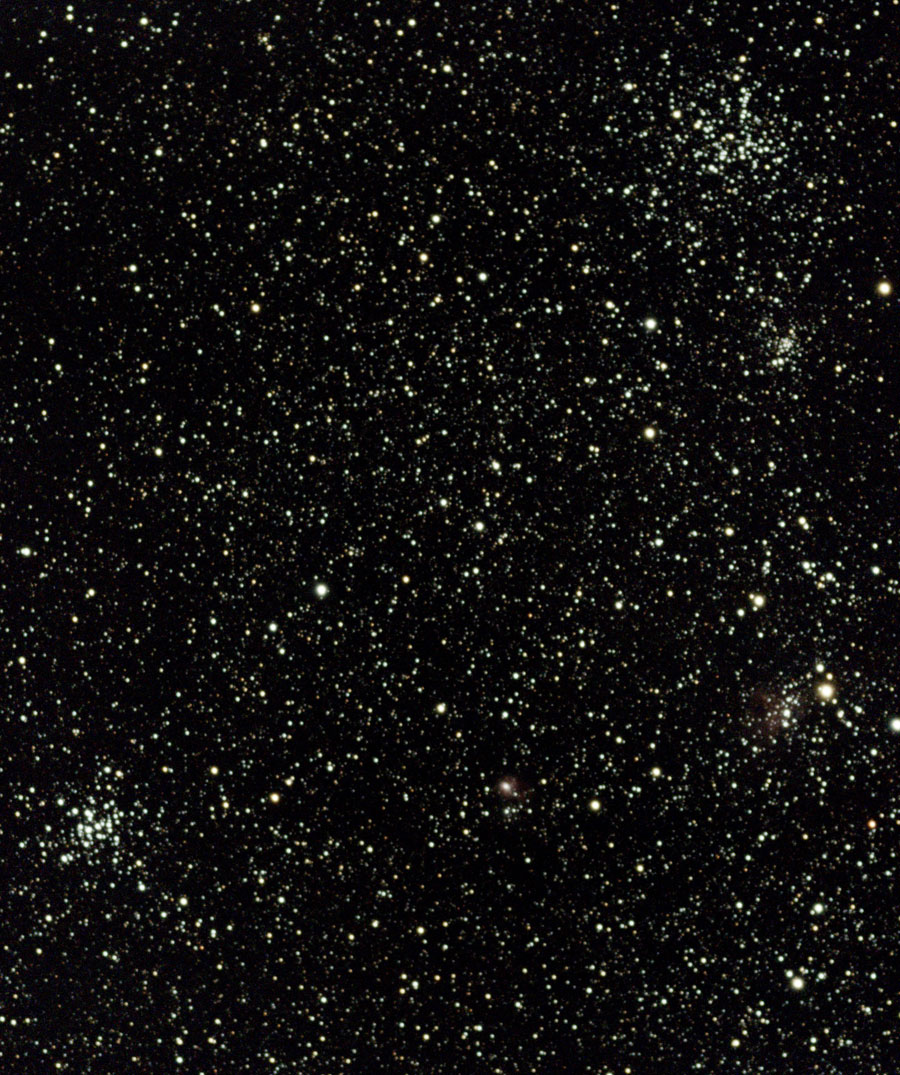 |
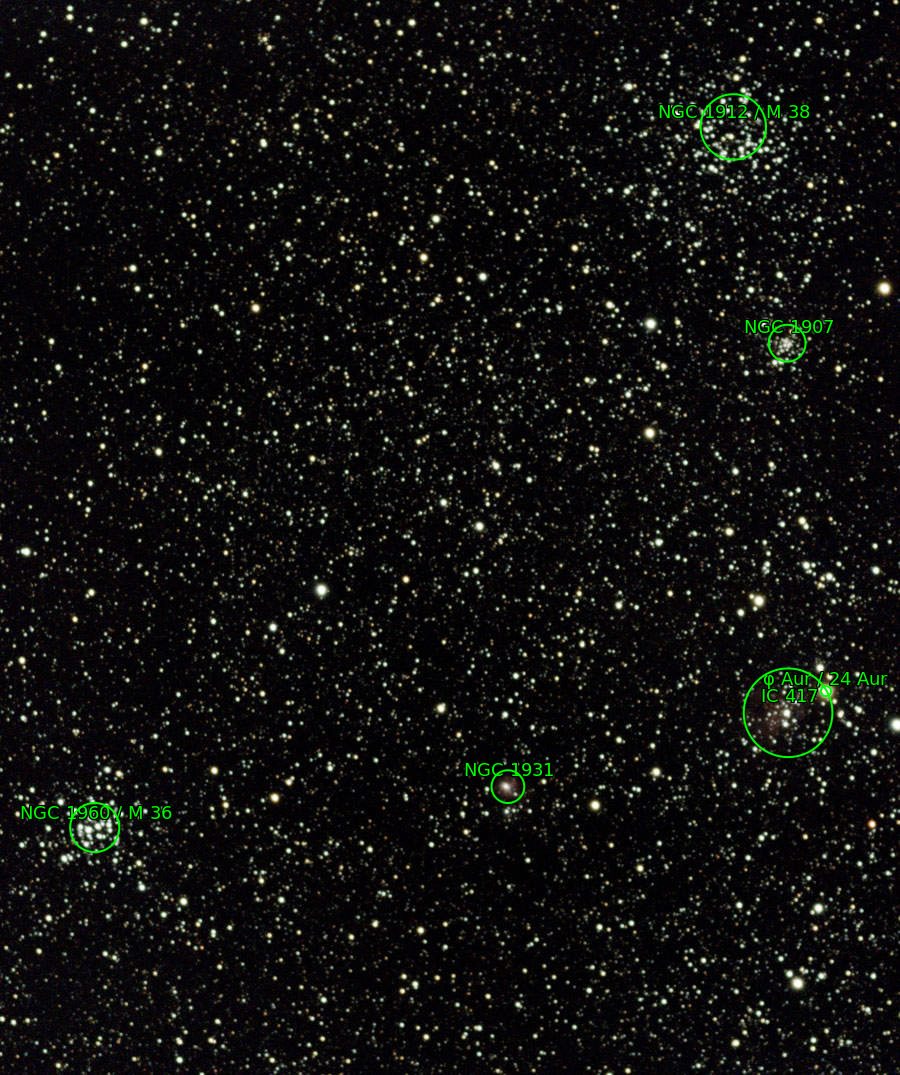 |
|
M 36/38, Feb 7, 2023 - original, 4950s, mosaic |
Ditto, evaluation with astrometry.net |
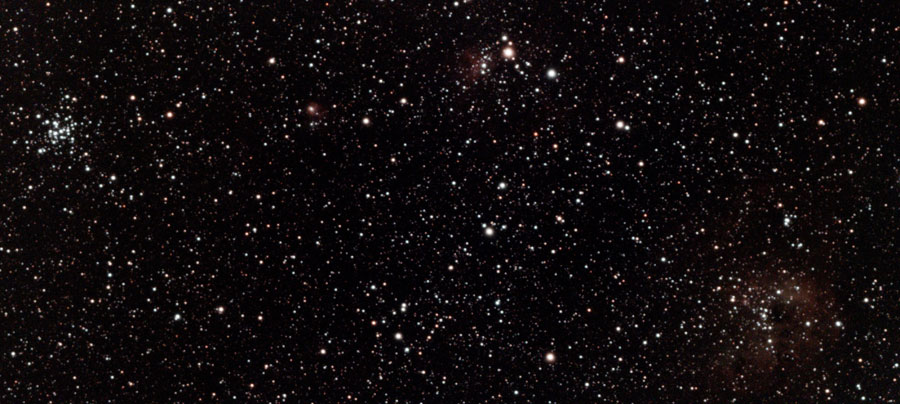 |
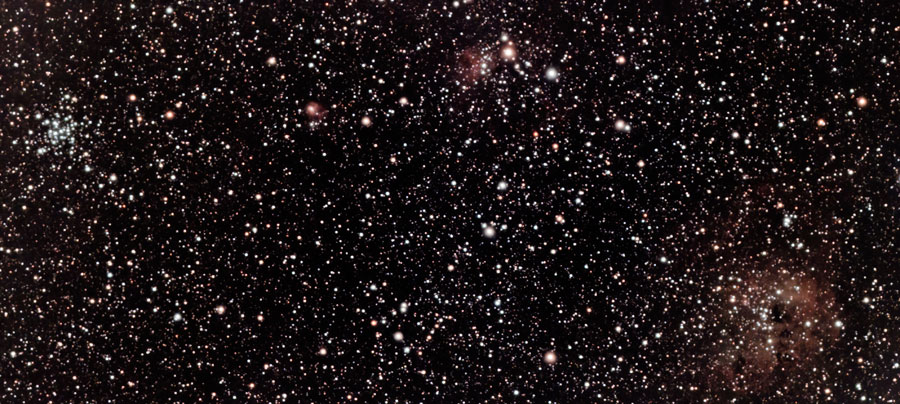 |
|
M 36 & IC 410, Feb 29, 2024 - original, 6830s, mosaic, CLS Filter |
M 36 & IC 410, Feb 29, 2024 - large, 6830s, mosaic, CLS Filter, processed (PSE, DN) |
|
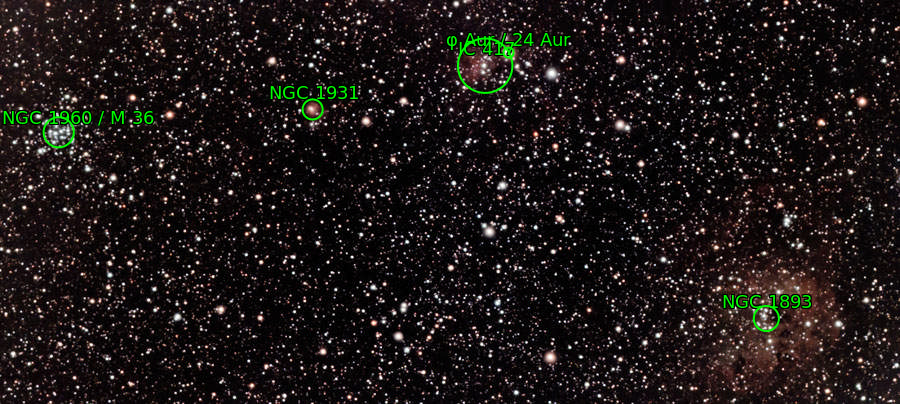 |
||
Evaluation with nova.astrometry.net |
 |
|
||
M 36, Feb 4, 2025 - large, 10 min, processed |
M 37, Feb 4, 2025 - large, 7 min, processed |
||
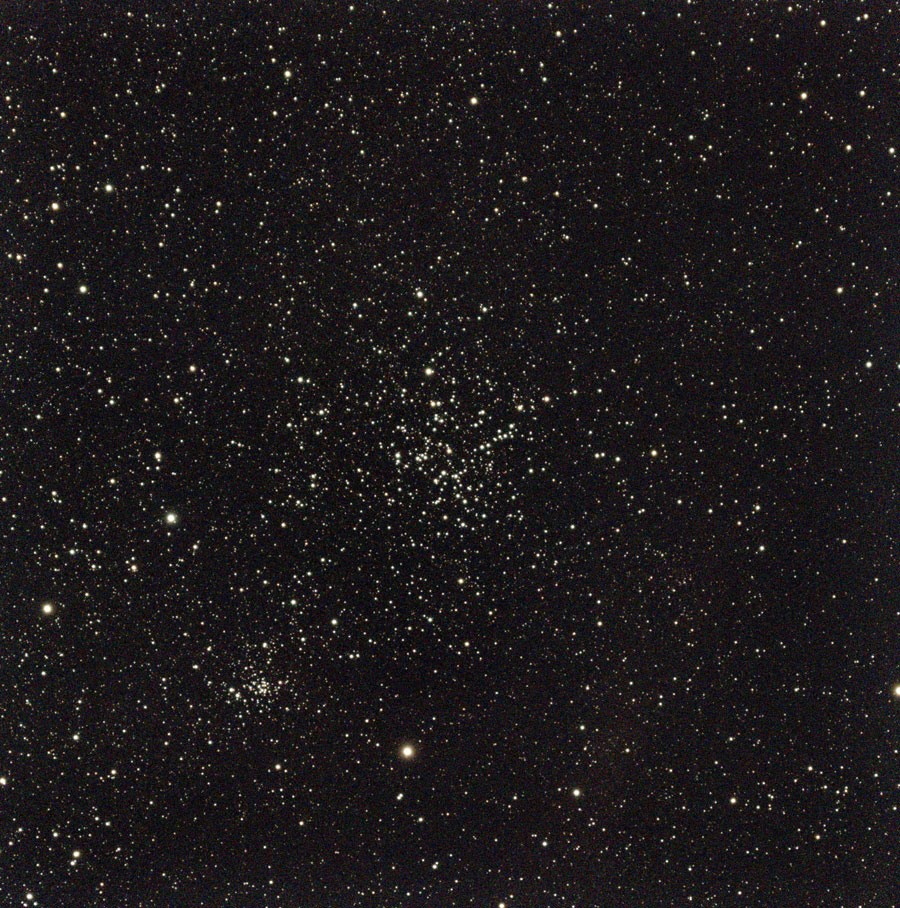 |
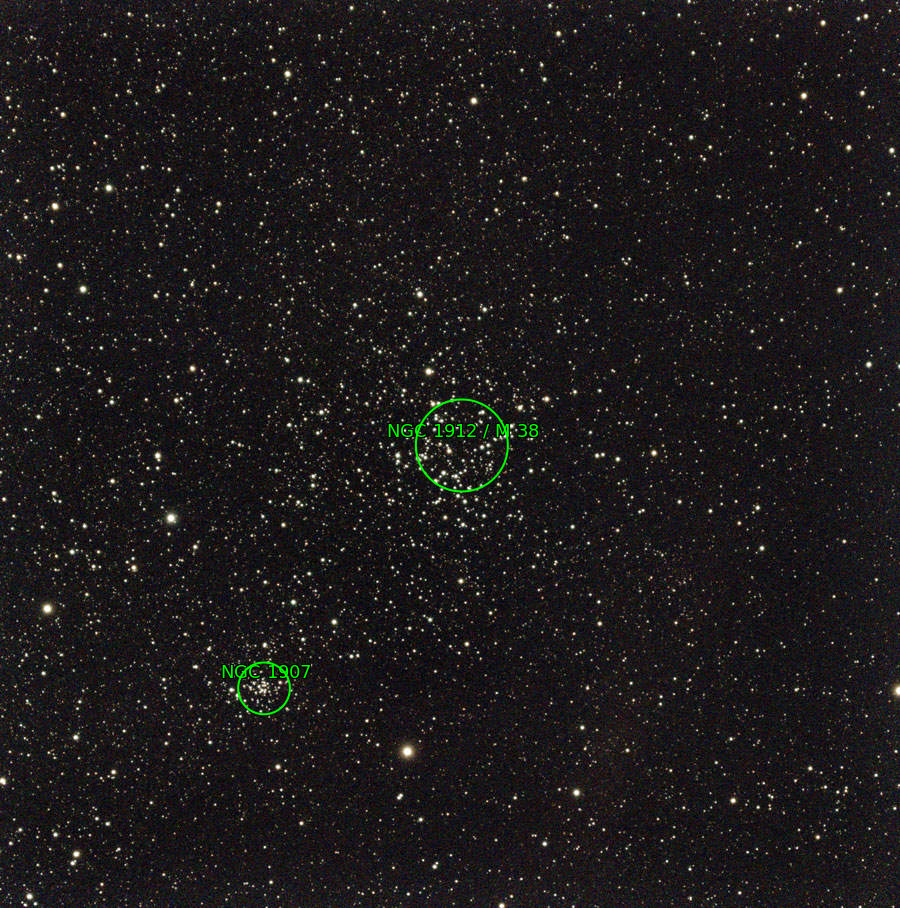 |
||
M 38, Feb 4, 2025 - large, 10 min, processed |
Evaluation with nova.astrometry.net > NGC 1907 |
The visibility and rating of the three star clusters thus fluctuated quite a bit. But at least one can state that all the three star clusters were more or less well recognizable even when using a 4" telescope.
*) Whether this was due to a wrong alignment of the telescope, I do not know. In any case, it was very difficult for me to point the LED finder at these three targets because they were so high up in the sky. I therefore tried it on "good luck". Here a 90° angle finder would surely have served me well!
Photos taken with Sky-Watcher Explorer 150PDS (February 12, 2018), 600 x 600 section with 1:1 pixels in the large version
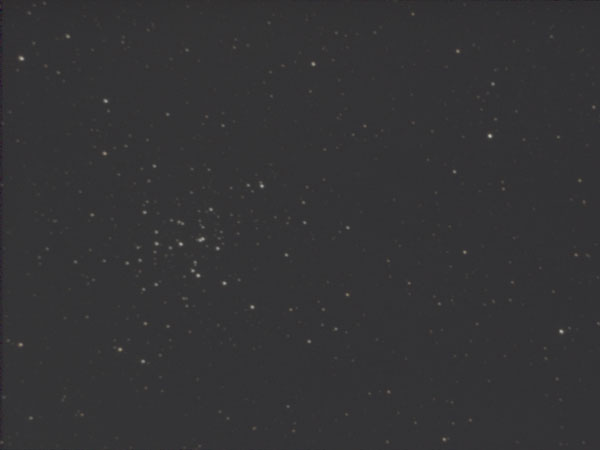 |
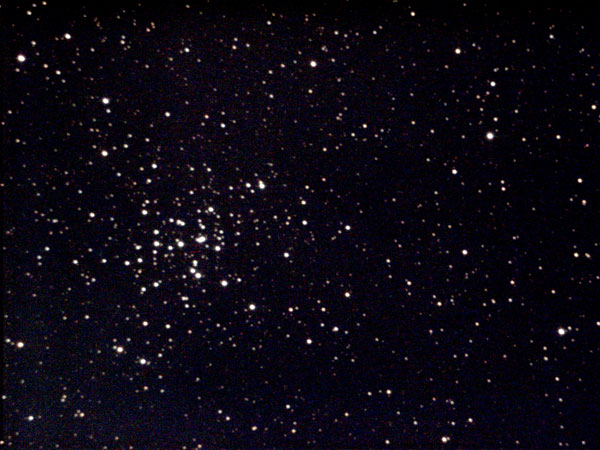 |
 |
||
M 36 (Auriga), unprocessed |
Ditto, post-processed |
Ditto, post-processed and sharpened |
||
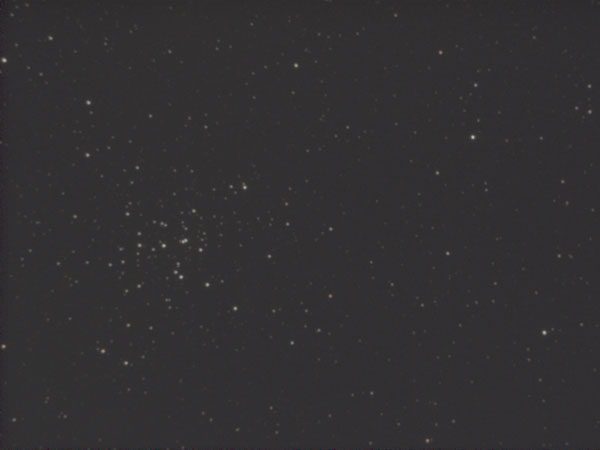 |
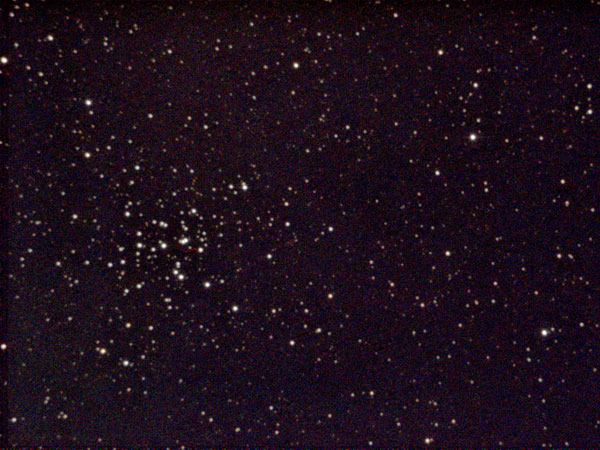 |
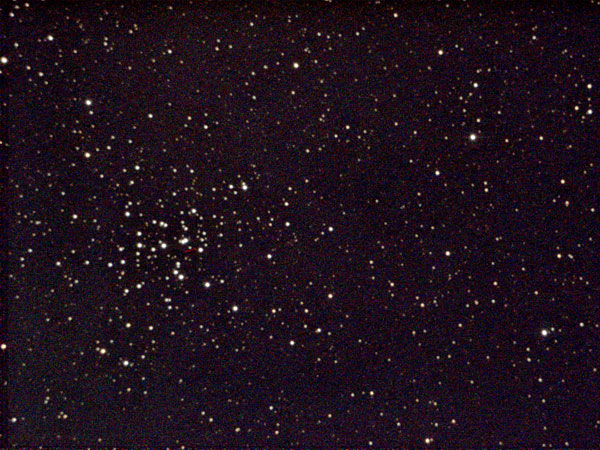 |
||
M 36 (Auriga), unprocessed |
Ditto, post-processed |
Ditto, post-processed and sharpened |
Photos taken with Sky-Watcher Explorer 150PDS (April 8, 2018), originals reduced to 600 x 450 pixels; found M 36 when looking for M 38...
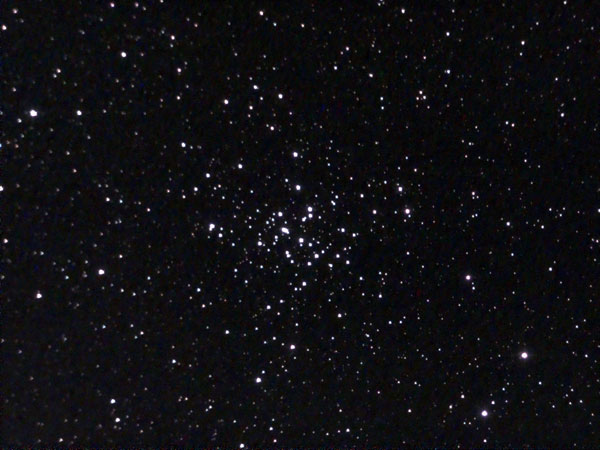 |
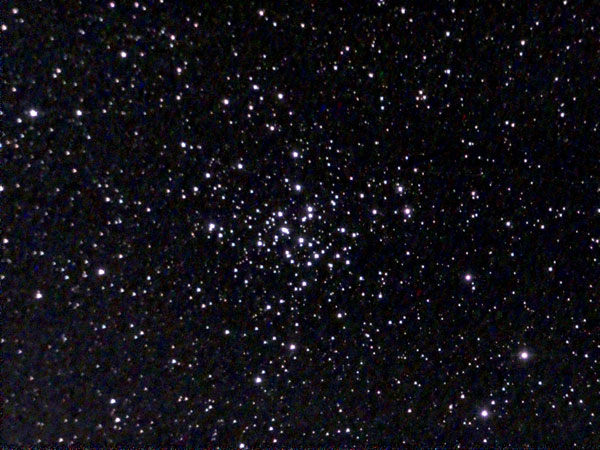 |
|||
M 36 - Mar 20, 2022 |
M 36 - Mar 20, 2022, photo left processed |
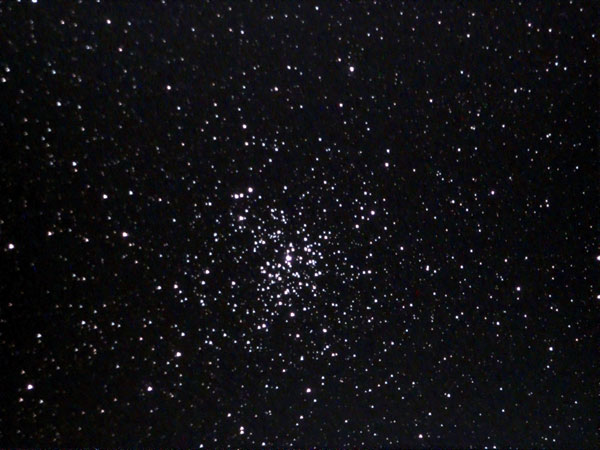 |
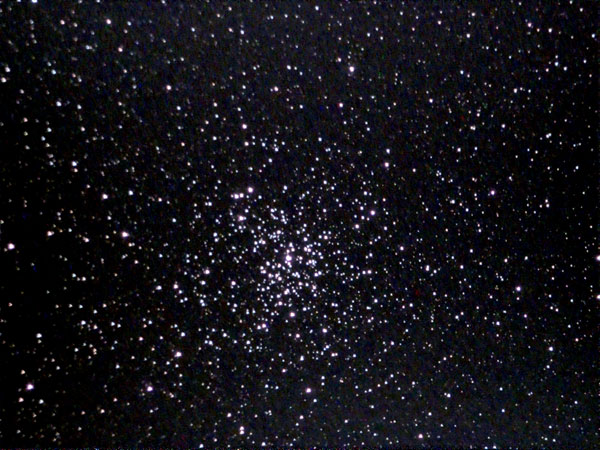 |
|||
M 37 - Mar 20, 2022 |
M 37 - Mar 20, 2022, photo left processed |
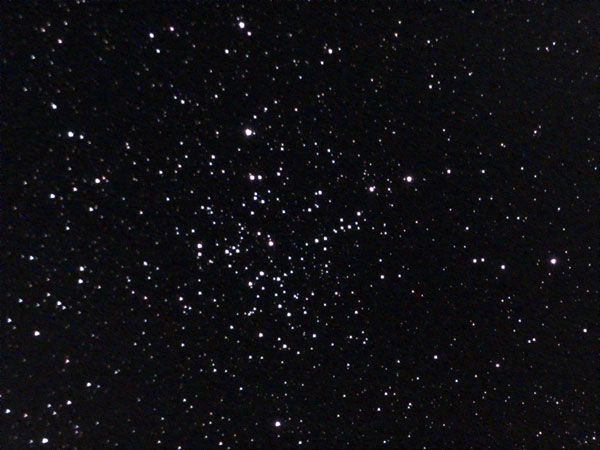 |
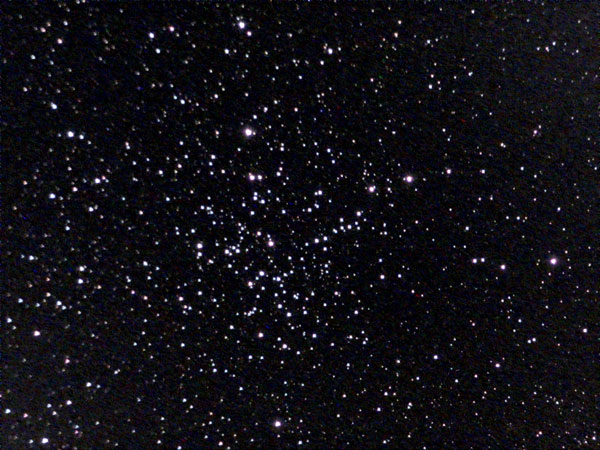 |
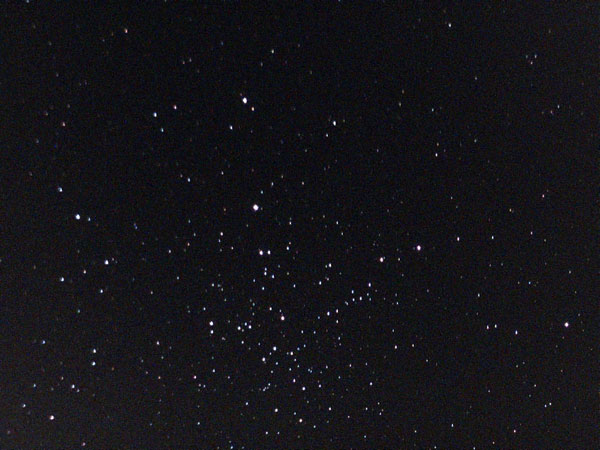 |
||
M 36 - Mar 20, 2022 |
M 36 - Mar 20, 2022, photo left processed |
M 38 - Apr 9, 2022 |
 |
|
||
M 36, Feb 13, 2023 - original, 600s |
M 37, Feb 13, 2023 - original, 600s |
||
 |
|||
M 38, Feb 13, 2023 - original, 600s |
 |
 |
|
M 36/38, Feb 7, 2023 - original, 4950s, mosaic |
Ditto, evaluation with astrometry.net |
 |
 |
|
M 36 & IC 410, Feb 29, 2024 - original, 6830s, mosaic, CLS Filter |
M 36 & IC 410, Feb 29, 2024 - large, 6830s, mosaic, CLS Filter, processed (PSE, DN) |
|
 |
||
Evaluation with nova.astrometry.net |
 |
|
||
M 36, Feb 4, 2025 - large, 10 min, processed |
M 37, Feb 4, 2025 - large, 7 min, processed |
||
 |
 |
||
M 38, Feb 4, 2025 - large, 10 min, processed |
Evaluation with nova.astrometry.net > NGC 1907 |